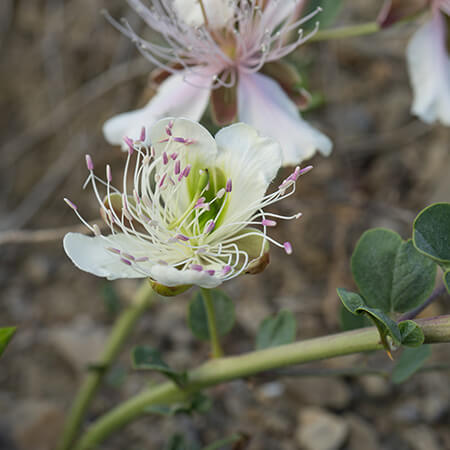-
About Us

Dabur India Limited is a leading Indian consumer goods company with interests in Hair Care, Oral Care, Health Care, Skin Care, Home Care and Food & Beverages.
-
Our Brands

Dabur presents a range of Herbal & Ayurvedic Personal Care products, created to make you look and feel good. Bringing together the gentle touch of nature and Ayurveda's wisdom .
-
Investors

Read our recent and archived releases, quarterly results, annual reports and financial statements. Initiatives Investor Centre.
-
Newsroom

Welcome to Dabur Media Centre. In this section, you’ll find our latest Press Releases arranged in a chronological order. The Press Releases have been further
-
Ayurveda & you

Our curated Collection of Ayurvedic knowledge for you. We at Dabur are working towards helping people lead a healthy and balanced life.
-
Sustainability

Dabur has been engaged in community development activities since 1994 and is committed to making a positive contribution to the communities where we source, live, work and sell our products.
-
Join Us

At Dabur, we are very passionate about winning and this has been engrained in DNA of the organization.
-
Support
- Home > Ayurveda & you > Ayurveda & Science > Ayurvedic & Medicinal Plants
Ayurveda and Science
Kulanjan/कुलंजन/Greater Galangal/Alpinia galanga/Malayvacha
AYURVEDIC & MEDICINAL PLANTS
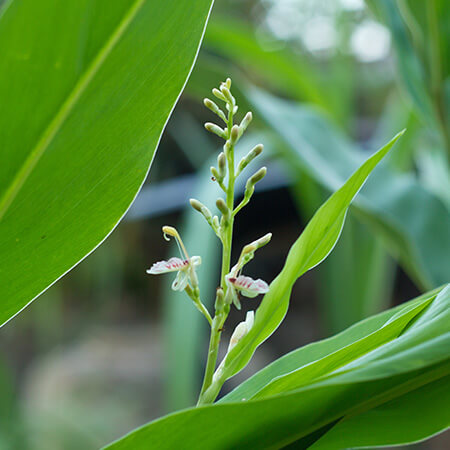
Alpinia Galanga Medicinal Uses
Stimulant and carminative. It is especially useful in flatulence, dyspepsia, vomiting and sickness at stomach, being recommended as a remedy for seasickness as recommended by Indian Ayurveda. It tones up the tissues and is sometimes prescribed in fever. The powder is sniffed in catarrh. Modern research has proved its bronchodilator property. Galangal is used in cattle medicine, and the Arabs use it to make their horses fiery. It is included in several compound preparations, but is not now often employed alone.
Chemical Composition
The rhizome contains up to 1.5% essential oil (1,8 cineol, α-pinene, eugenol, camphor, methyl cinnamate and sesquiterpenes).
In dried galanga, the essential oil has quantitatively different composition than in fresh one. Whereas α-pinene, 1,8-cineol, α-bergamotene, trans-β-farnesene and β-bisabolene seem to contribute to the taste of fresh galanga equally, the dried rhizome shows lesser variety in aroma components (cineol and farnesene, mostly). The resin causing the pungent taste (formerly called galangol or alpinol) consists of several diarylheptanoids and phenylalkanones (the latter are also found in ginger and grains of paradise). Furthermore, the rhizome is high in starch.
Pacifies Vata and Kapha.
Read more about various ailments, it's causes, symptoms, ayurvedic treatments, etc.
Know the story behind other medicinal Ayurvedic ingredients
.jpg)
Mulethi
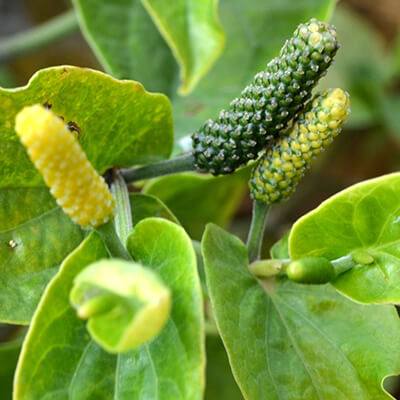
Pippali Plant
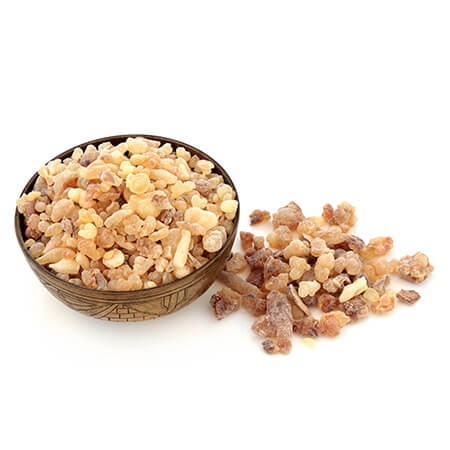
Shalai Guggal
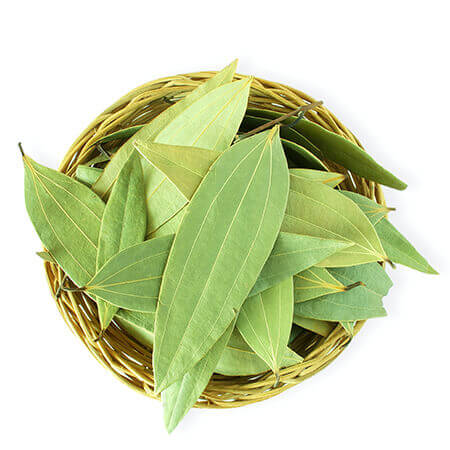
Tamalpatra
